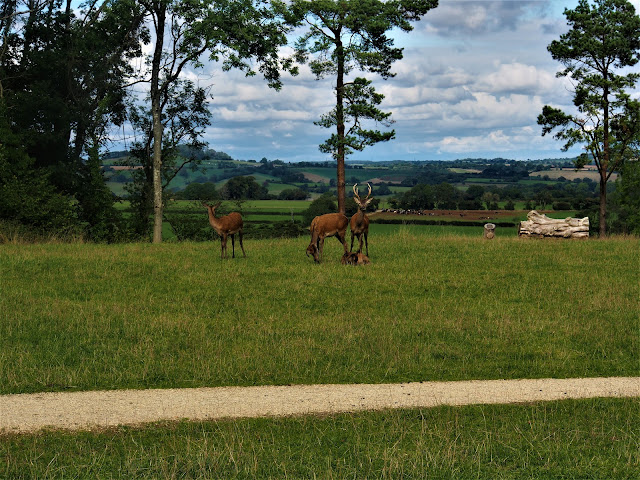Roman Britain for the Visitor
Introduction Antonine Guard In AD 43 a force comprising some 45,000-50,000 men comprising four legions (II Augusta, IX Hispana, XIV Gemina and XX Valeria) successfully invaded what is now Southern England, an event which was the precursor to the Roman domination of mainland Britain which lasted until AD 410. Overall, Britain was subject to Roman influence for a period of some 450 years. Despite the long period of time, Britain was always at the edge of Roman influence and never achieved the wealth, status and sophistication of countries at the heart of the Empire. However, in Britain the Romans left a massive physical legacy as manifested in roads, towns, cities, villas, palaces, hoards of coins and valuables and engineering feats that we can still appreciate today. Towns in Roman Britain: Londinium (London) , Durovernum (Canterbury), Verulamium (St. Albans), Camulodunum (Colchester), Venta Icinorum (Norwich), Calleva (Silchester), Regnum (Chichester),...



